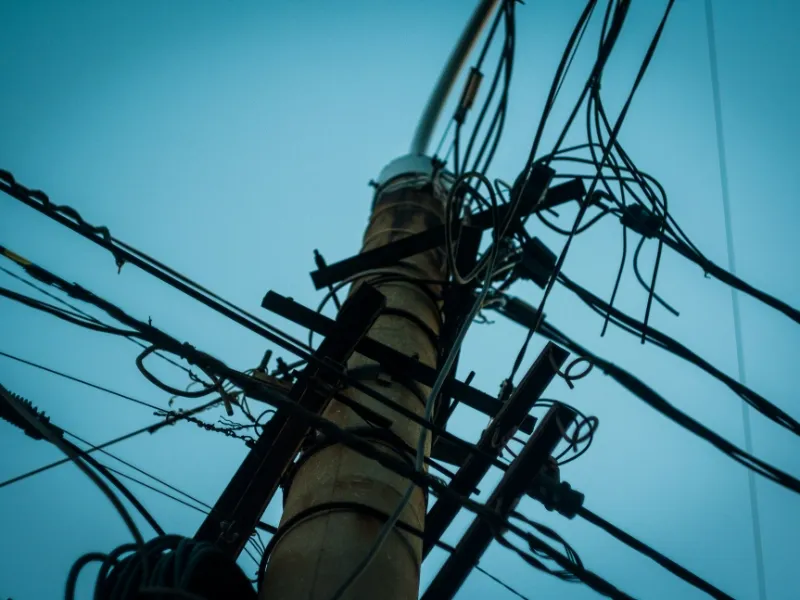- Subsea cables, commonly known as submarine cables, are extended wires laid on the ocean floor to transmit telecommunication signals.
- The installation of subsea cables involves meticulous planning, manufacturing, and deployment to ensure durability and functionality, with repair work conducted as needed to address damage from natural events or human activities.
- Subsea cables are vital for global communication. Approximately 99% of international data traffic is carried by these cables, making them indispensable for the internet, financial transactions, and international phone calls.
In an increasingly interconnected world, the digital infrastructure that powers our daily lives often goes unnoticed. Among the critical components of this infrastructure are subsea cables, which form the backbone of global internet and telecommunications networks. But what exactly are subsea cables, and why are they so essential?
What are subsea cables?
Subsea cables, also known as submarine cables or undersea cables, are fibre-optic cables laid on the ocean floor to transmit data across continents. These cables are designed to carry vast amounts of digital information, enabling everything from international phone calls to internet traffic.
Also read: Subsea cable maps: Charting global connectivity
Whenever we engage in international communication, such as making a long-distance call, sending an email, or streaming videos on platforms like YouTube, we are essentially exchanging data. For data to travel from one location to another, it requires a conduit. Subsea cables serve this purpose by facilitating the transfer of digital information across distances, effectively and metaphorically linking different parts of the world together.
How are subsea cables installed?
The installation of subsea cables is a meticulous and intricate process that involves several key steps. Before laying a cable, extensive surveys are conducted to map the ocean floor and determine the optimal route, avoiding hazards like underwater mountains and tectonic activity. Cables are manufactured in specialised facilities, ensuring they meet stringent durability and performance standards. Cable-laying ships, equipped with sophisticated technology, carefully place the cables on the seabed.
Also read: ITW 2024: BW Digital and Telin sign MoU for subsea cable
This process can take several months, depending on the cable length and environmental conditions. Despite their robustness, subsea cables can still suffer damage from natural events or human activities like fishing and anchoring. Specialised ships and remotely operated vehicles (ROVs) are used for repairs.
The importance of subsea cables
Subsea cables are physical cables laid on the ocean floor, connecting various countries and continents to form a global network. These cables use fibre-optic technology, which enables them to transmit data at extremely high speeds and capacities. This high capacity allows for the transfer of vast amounts of data, such as internet traffic, financial transactions, and phone calls, making them indispensable for global communication.
Additionally, subsea cables provide a more reliable and stable connection compared to other communication methods, such as satellites. Satellites can be affected by weather conditions, leading to potential disruptions in communication, while subsea cables are less susceptible to such issues. This reliability is crucial for businesses, governments, and individuals who rely on a consistent and stable connection for their daily operations.
Moreover, the global reach of subsea cables plays a key role in facilitating international communication and commerce. These cables connect regions across the world, enabling seamless communication between people, businesses, and organisations in different countries. This global connectivity is essential for industries such as finance, healthcare, and technology, where real-time communication and data transmission are critical for success.

